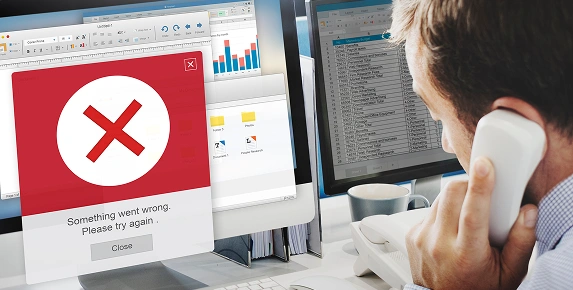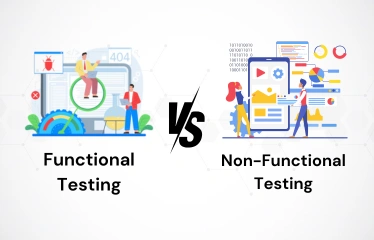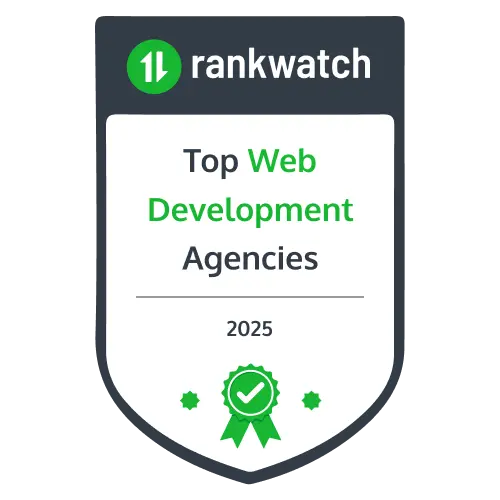By: Nilesh Jain
|
Published on: July 18, 2025
When you’re building a SaaS product, you’re not just writing code you’re laying the foundation for scale, security, and long-term success. For founders and product heads, one of the most critical early decisions is choosing the right multi-tenant architecture.
Get this wrong, and you’ll face growing pains fast data leaks, performance issues, painful customizations, and unscalable infrastructure costs. But get it right, and you set your product up for smooth onboarding, easier upgrades, lower costs, and happy clients.
So, how do you make the right architectural choices for your multi-tenant SaaS product? Let’s walk through what matters.
What is Multi-Tenant SaaS Architecture?
In simple terms, multi-tenancy means that a single instance of your software runs on a server and serves multiple customers (tenants). Each tenant's data is logically separated but technically housed on the same infrastructure.
This is different from single-tenant setups, where each customer has their own isolated environment.
Why Most SaaS Companies in India Prefer Multi-Tenant Architectures:
-
Lower infrastructure and maintenance costs
-
Easier updates and faster deployments
-
More straightforward customer onboarding
-
Streamlined operations for support and upgrades
But it’s not without trade-offs. The wrong multi-tenant design can lead to performance bottlenecks, security risks, or customization nightmares.
Key Considerations When Designing a Multi-Tenant SaaS Architecture
At Vervali, we help startups and enterprises design SaaS architectures that scale from day one. Here are the critical factors we focus on during our SaaS product architecture consulting sessions:
1. Data Isolation vs. Shared Schemas
You’ll need to choose between three core models:
-
Shared database & shared schema – fast, cost-efficient, but harder to isolate tenant data.
-
Shared database & separate schema – better separation, moderate complexity.
-
Separate database per tenant – highly secure, but expensive and complex to manage.
What you pick should depend on your security needs, expected scale, and level of tenant customization.
2. Authentication & Authorization
Your architecture must support tenant-level access controls and user role hierarchies. This means using systems like OAuth, JWT, or third-party identity providers, built right into your stack, not added as an afterthought.
3. Scalability Strategy
SaaS scalability architecture is not just about handling more users. It’s about scaling smart: horizontally across regions, balancing loads, and ensuring performance doesn’t dip as more tenants come in.
4. Customizations Without Chaos
Some tenants will want custom fields, workflows, or UI tweaks. If your SaaS multi-tenant design isn’t modular or plugin-based, these requests can break your product. Think long-term: How will you allow flexibility without disrupting your core?
5. Billing, Metering, and Usage Tracking
A good architecture ties in tightly with how you monetize. If you charge by API usage or number of users, can your system track that at the tenant level in real-time?
SaaS Architecture Patterns That Work
Over the years, we’ve helped build scalable SaaS platforms using proven architectural patterns. Here are a few that work well in multi-tenant environments:
-
Microservices with shared authentication layer – Best for large-scale apps.
-
Modular monolith with tenant-aware layers – Ideal for startups looking to launch fast but not compromise on future flexibility.
-
Event-driven systems for integrations and automation – Critical if your SaaS needs to plug into third-party tools or customer workflows.
Not sure which suits your case? That’s where our SaaS architecture design services come in. We don’t just advise we help you build with long-term clarity.
Common Mistakes to Avoid
Before you finalize your architecture, keep an eye out for these traps:
-
Overengineering for a future that may never come
-
Underestimating tenant-level security requirements
-
Hardcoding tenant-specific logic into the core codebase
-
Ignoring backup and disaster recovery at a per-tenant level
-
Using tools that don’t support tenant-aware analytics
When Should You Hire SaaS Product Architecture Experts?
Here’s the honest answer: as early as possible.
Founders often try to DIY the early versions of their product to save costs. But a misstep here means rebuilding from scratch later, and by then, it’s not just costly, it’s risky.
Whether you’re:
-
Launching a new SaaS product in the Indian market
-
Re-architecting your product due to scale or compliance issues
-
Planning to move from a single-tenant to a multi-tenant setup
You need hands-on experts who’ve done this before.
Why Vervali?
As a SaaS multi-tenant solutions provider trusted by global startups and enterprise clients, we bring:
-
15+ years of SaaS architecture consulting experience
-
Deep understanding of cloud SaaS architecture (AWS, Azure, GCP)
-
A product mindset: We don’t just design for today. We build for growth.
-
Services tailored to startups, including MVP acceleration and architecture bootstrapping.
Let’s build your SaaS product right the first time.
Schedule a 30-min consultation with our SaaS architecture experts.
Real-World Impact: A Quick Case Snapshot
A fast-growing HR SaaS platform in Mumbai approached us after their product started failing during high-traffic job posting campaigns. Their initial monolith setup couldn’t isolate traffic per tenant.
We restructured their stack using a microservices approach, added tenant-aware rate-limiting and analytics layers, and implemented database partitioning.
Result?
-
3x faster response time under load
-
40% savings in cloud billing via intelligent multi-tenant optimizations
-
Onboarded 50+ new enterprise clients in 6 months
You don’t have to wait for failure to act.
Ready to Build Smart?
Your SaaS product architecture is not just a technical decision it’s a business decision. A smart multi-tenant SaaS design can reduce churn, lower costs, and support rapid scale.
And if you’re not sure where to start, we’re here to guide you.
Talk to Vervali’s SaaS architecture team
Frequently Asked Questions (FAQs)
Startups often begin with shared database/shared schema models for speed and cost. But it’s best to plan migration paths early.
If designed poorly, shared resources can bottleneck. A good SaaS architecture uses resource throttling and horizontal scaling.
Yes, with the right tenant isolation, role-based access controls, and encryption at rest and in transit.
Tech stacks like Node.js, Python, Golang with Kubernetes, PostgreSQL, and cloud-native tools work well.
Use plugin-based modules, tenant-specific configuration files, and feature flags.
No, but dev/staging should simulate multi-tenant scenarios to ensure stability.
Use tenant-aware metering tools to track usage and integrate with billing APIs like Stripe or Razorpay.
Ideally, after major releases, usage spikes, or every 6–12 months.
Yes, but it’s resource-heavy. It’s better to plan multi-tenancy from the start.
You can start with a 30-minute call with Vervali’s architecture team. We’ll map out a custom plan for your needs.





























































































